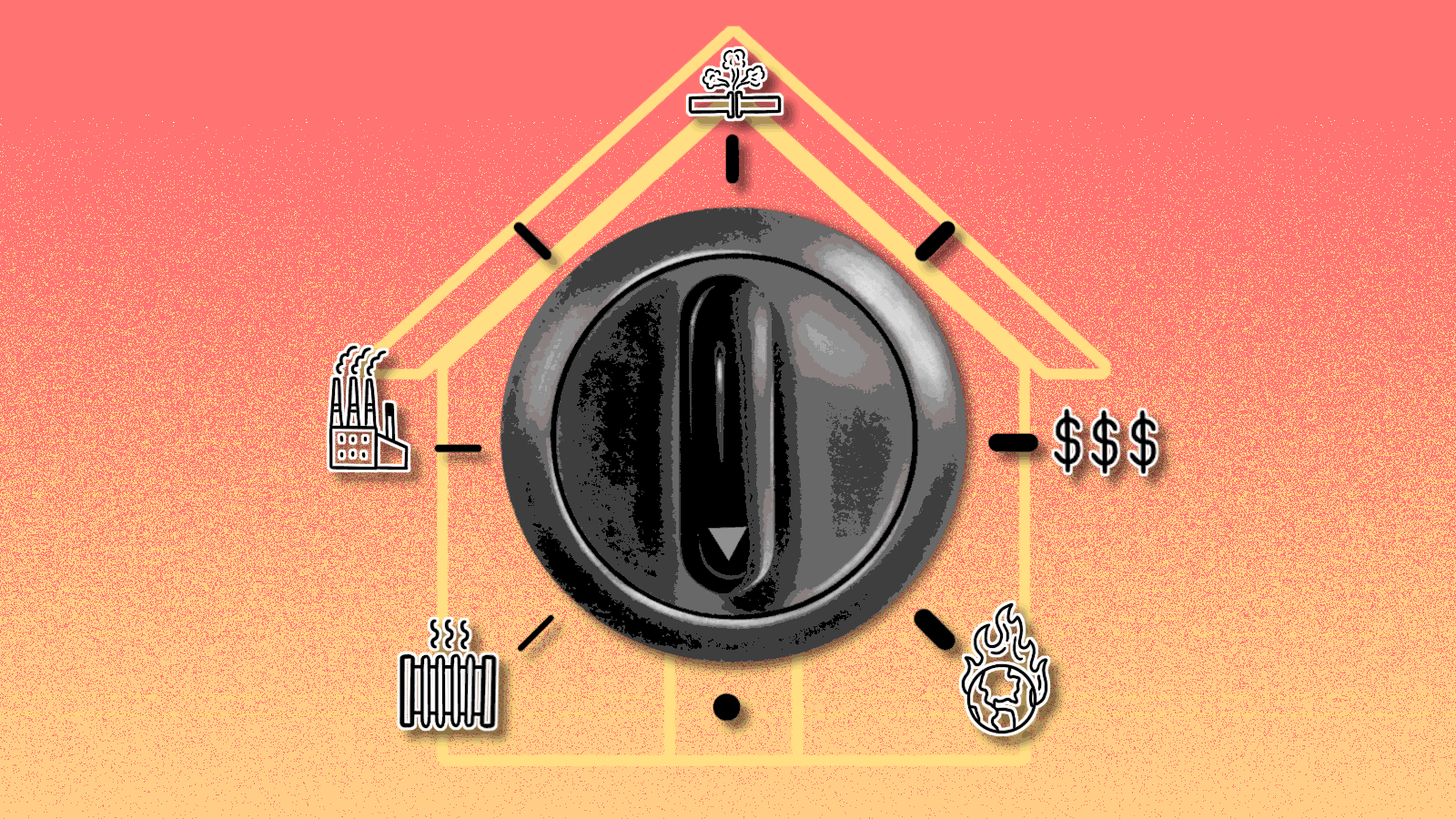In early June, the attorney general of Massachusetts, Maura Healey, filed a petition with state utility regulators advising them to investigate the future of natural gas in the Commonwealth. Healey described the urgent need to figure out how the gas industry, which helps heat millions of homes throughout freezing Northeastern winters, fits into the state’s plan to zero-out its greenhouse gas emissions by 2050 — especially considering the fuels burned for indoor heating and hot water are responsible for about a third of the state’s carbon footprint.
Eliminating emissions from this sector means venturing into uncharted waters. While many states are rapidly developing wind and solar farms to cut carbon from their electric grids, few are tackling the thornier challenge of reducing the gas burned in buildings. Officials in California and New York, which both have binding economy-wide net-zero emissions laws, have recently come to the same conclusion as Healey: Meeting state climate goals is going to require changes to the way gas utilities are regulated. Earlier this year, both states opened up precisely the kind of investigation that Healey is requesting in Massachusetts.
Natural gas, a fossil fuel, has long been called a “bridge” to a cleaner energy future because burning it has a much lower carbon footprint than burning coal or oil. But research has called that narrative into question by showing that methane leaking across the natural gas supply chain raises its climate impact significantly. Recent developments have called the economics of natural gas into question, too: In early July, the developers of the high-profile Atlantic Coast Pipeline decided to abandon the project after an onslaught of lawsuits made the pipeline too expensive to build.
California, Massachusetts, and New York haven’t decided whether — or to what extent — natural gas can remain in their energy mixes. But the point of these investigations is much larger than those questions. There’s no established roadmap for managing the transition to zero-emissions buildings, and there are serious consequences to getting it wrong — huge cost burdens on residents, mass layoffs and bankruptcies at utilities, and of course, climate disaster.
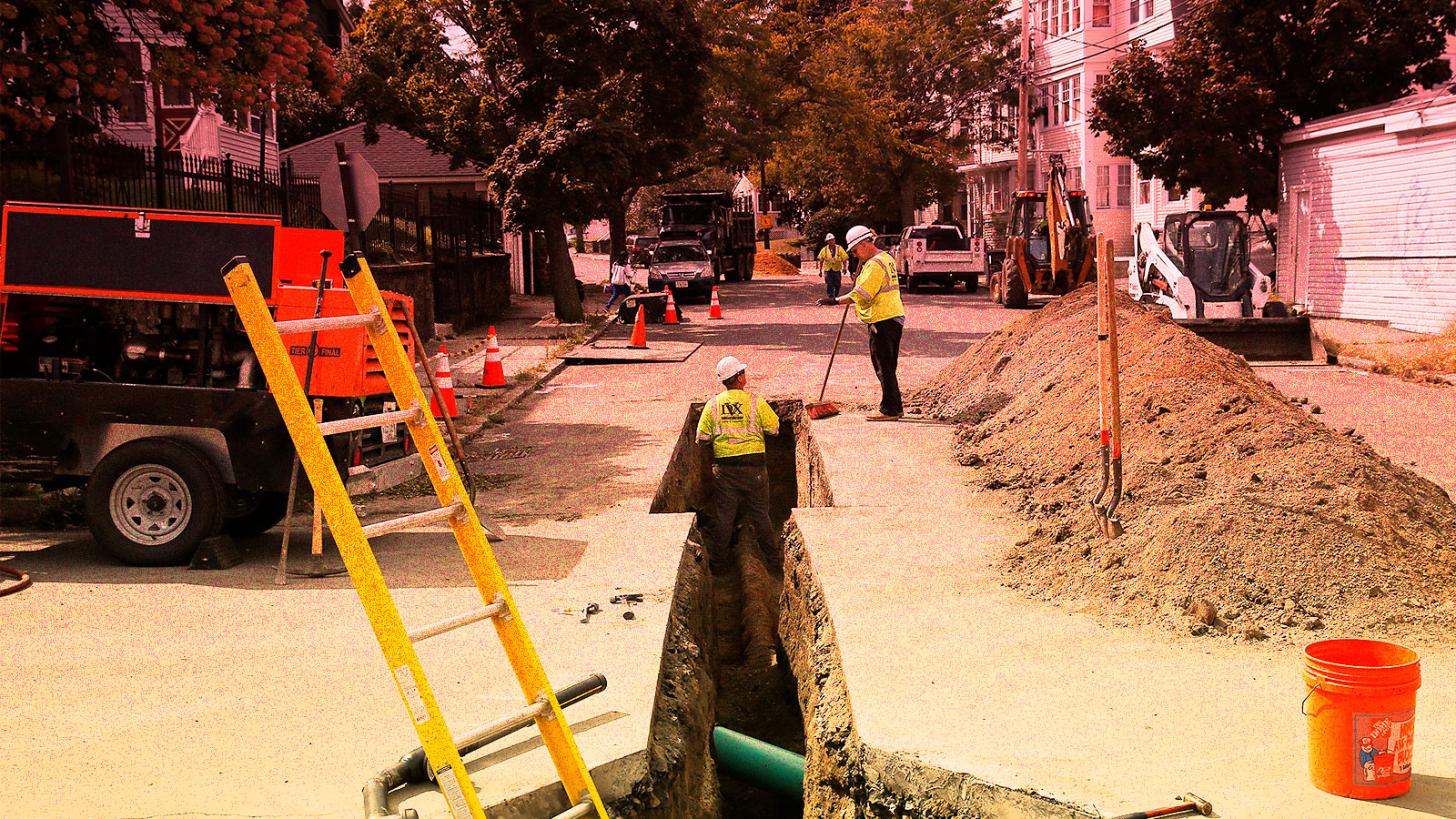
The way forward will be a balancing act, weighing concerns about safety, costs, and the climate. Environmental groups have been arguing for years for what regulators have been slow to admit: Unless governments take a proactive, holistic approach to long-term natural gas planning, it’s going to get messy, fast.
“Figuring out how to decarbonize is going to be like a puzzle with, let’s say, 2,500 pieces,” energy policy expert Susan Tierney said during a recent webinar about the future of natural gas in New England. “It’s gonna be hard to put it together, and there’s a timer ticking in the background and it’s getting louder and louder.” Tierney explained that the pieces are in many different people’s hands — state regulators, energy companies, developers, building owners. And while a lot of the decision making will happen at the state level, there are also regional concerns. As more buildings convert to electric heating, multistate electricity grids will need to be able to handle the added load. “It’s not clear to me how the whole regional puzzle comes together fast enough, without dropping key pieces on the floor,” Tierney said.
Do gas utilities need to build new stuff?
Tierney’s puzzle metaphor gets at the web of deeply interconnected problems that decarbonizing the gas distribution system raises, and why these new investigations aren’t coming a day too soon.
One of the puzzle pieces is the question of how much new gas infrastructure utilities should be allowed to build. Investor-owned utilities don’t make any money on the gas they sell to customers — they have to sell it at cost. The only way they can make a profit for their investors is by earning a rate of return on building infrastructure, like pipelines and compressor stations. They can work the costs of these projects into customers’ utility bills. State regulators are tasked with making sure that all the stuff utilities want to spend ratepayer money on is actually in the public interest — that it’s necessary in order to maintain safe, reliable gas service.
But new state climate policies are pushing customers away from gas to cleaner alternatives like heat pumps. Heat pumps run on electricity and work similarly to air conditioners, except that they can also run in reverse to bring heat into a building in the winter. That means the question of what’s necessary to maintain reliable service has become a lot more complicated. If the supply of gas is tight, as New York City–area utilities have claimed it is, should they spend ratepayer dollars to build new infrastructure to increase supply? Or should they take action that reduces demand, like helping customers make their homes more energy-efficient, or switch buildings over to electric heating systems, water heaters, and cooking appliances?
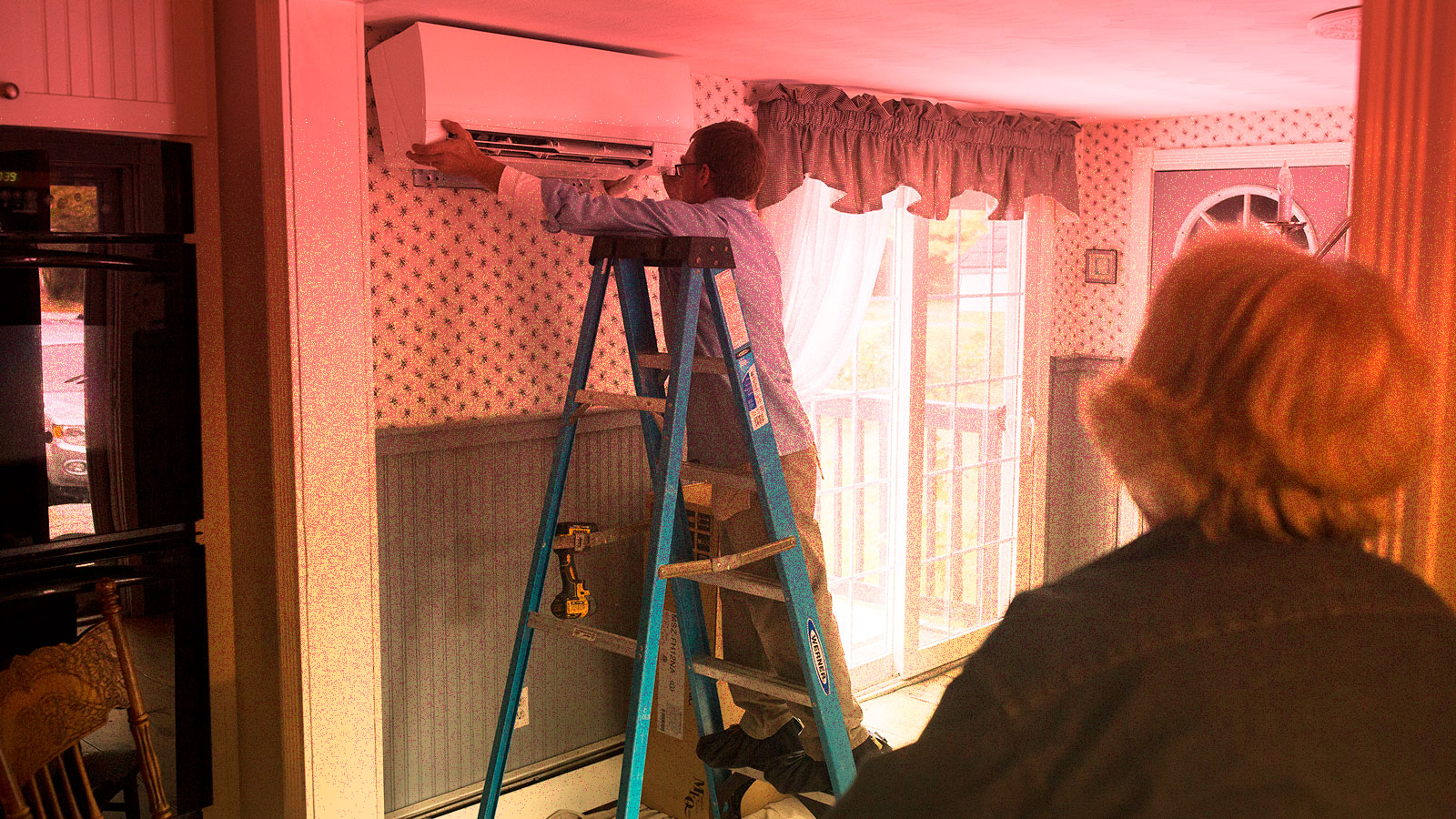
Regulators are not used to weighing these options. In a press release about New York’s new investigation, the state’s utility regulator, the Public Service Commission, or PSC, admitted that there was “uncertainty associated with major gas infrastructure decisions.” This uncertainty has already created some conflict: In January, environmental groups were dismayed when the PSC approved Con Edison’s plan to spend $350 million worth of ratepayer dollars over the next three years to build new transmission pipelines, replace smaller pipes with larger ones, and extend the life of a liquefied natural gas plant.
Do gas utilities need to fix existing infrastructure?
Determining how much new infrastructure to allow is just the tip of the iceberg for regulators in California, Massachusetts, and New York. An even trickier question is: How much of the existing infrastructure should be maintained?
The transition away from gas won’t happen overnight. So, for example, in the meantime, should utilities fix gas leaks? That sounds like it should have a simple answer: Nobody wants methane leaking into the atmosphere or risks of explosions. In 2015, Zeyneb Magavi and Audrey Schulman, co-executive directors of the Cambridge, Massachusetts–based environmental nonprofit HEET, learned that gas leaks in the state totally canceled out the emissions saved through home energy efficiency programs. They became crusaders to fix leaky pipes, and through a collaboration with utilities, scientists, and activists, helped create a first-in-the-nation state regulation requiring utilities to fix the biggest leaks.
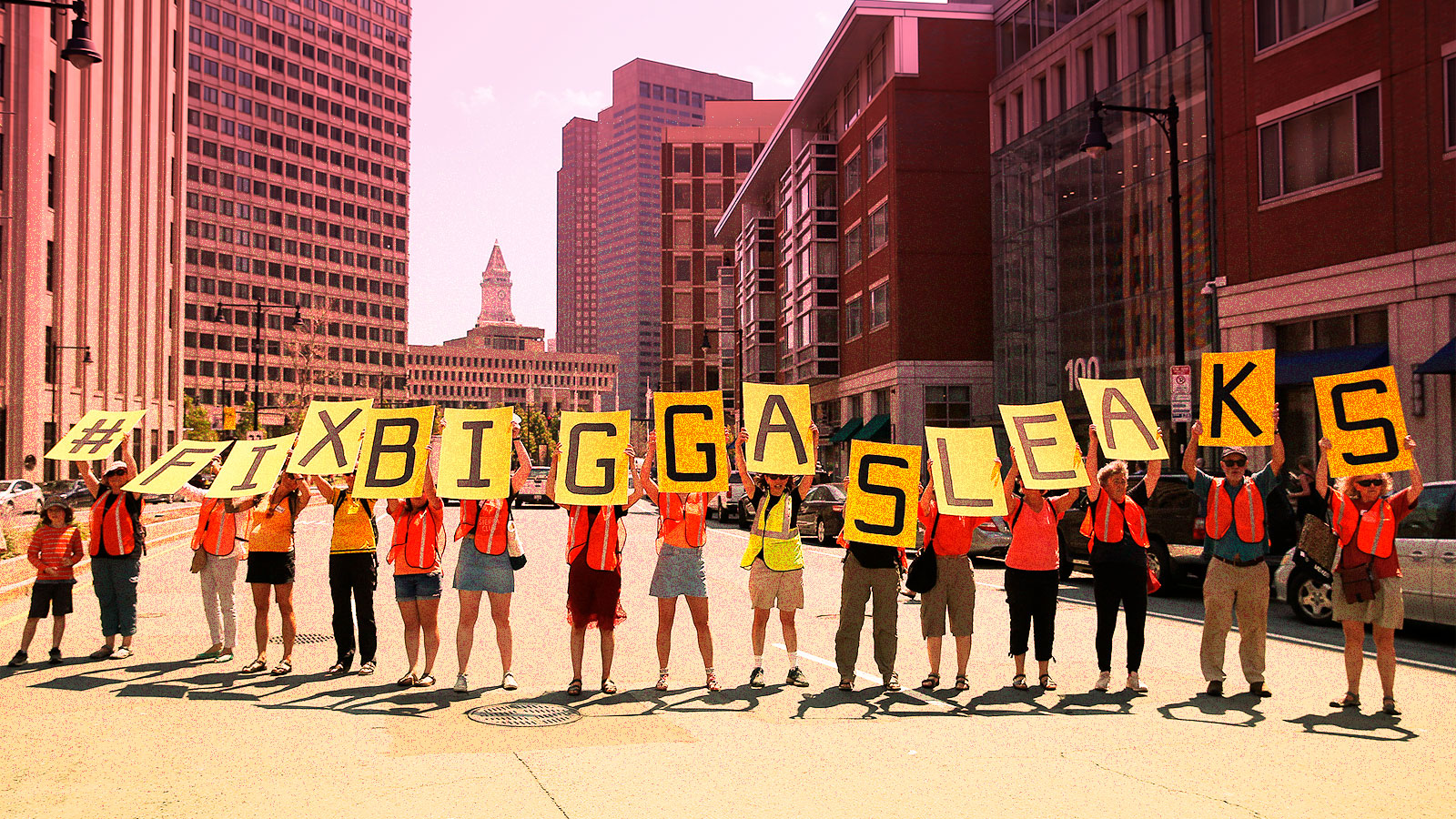
But then, an unsettling realization set in. “What we had done so far was great, we were really happy,” Magavi told Grist. “But it was like putting a Band-Aid on a disease.”
“Or on a patient that was bleeding out,” Schulman added.
“We started to understand that our state was attempting to fix the problem by replacing all the pipes,” Magavi explained. “And that that was an even bigger problem than everything else, because it was $17 billion of pipe going in that was not [going to be] paid off until long after we were supposed to have transitioned.”
Magavi was citing an analysis by the Applied Economics Clinic, a nonprofit consulting group, that found that current Massachusetts state policy has the Commonwealth on track to spend up to $17 billion to replace 6,000 miles of leak-prone gas infrastructure over the next 20 years, including returns for utility company investors. All of that new pipe is built to last for 50 to 70 years, and the costs to ratepayers will be spread out over that lifetime — but by the end, there could be few, if any, customers left to pay for it.
Sounds like a financial disaster, right? It would be. As more people switch to electric stoves and heating systems, the ratepayer pool paying for these natural gas line repairs will become smaller and smaller. The remaining customers who could not afford to switch over as quickly, who are likely to be low-income residents, and in many cases people of color, will shoulder more and more of the debt burden through higher gas rates. The Applied Economics Clinic study found that in a scenario where the number of gas customers decreases over the next 30 years, the remaining ratepayers could see their monthly bills ballooning up into the $400 range to finally pay off that $17 billion of pipe.
That’s one reason Elizabeth Henry, president of the nonprofit education and advocacy organization the Environmental League of Massachusetts, praised Attorney General Healey’s petition. “I hope that this helps force the question about racial equity and low-income ratepayers and how they are going to decarbonize,” she said.
On the flip side, if customers are let off the hook and utilities can’t recoup those costs, their investors will lose out. No one is suggesting utilities just drop the issue of leaky pipes altogether, but how much should they invest in fixing them? Asa Hopkins, vice president of Synapse Energy Economics, an energy research and consulting firm, suggested that in some cases, it might make sense to retire a section of leak-prone pipe and electrify the homes previously served by it. But how should regulators and utilities determine when that is the appropriate choice? “That’s why it needs a proceeding, taken seriously,” Hopkins said, “to talk through these things.”
Gas utilities expect to keep delivering gas for decades to come
Massachusetts’ goal to achieve net-zero emissions by 2050 does allow for the possibility that some natural gas infrastructure could stick around. The state could theoretically hit its target using carbon capture technology or by offsetting any remaining emissions by planting trees or paying farmers to sequester more carbon in their soil. But as of now, carbon capture technology is expensive, and natural sequestration techniques are not easily verifiable.
Henry thinks state regulators will soon realize natural gas is incompatible with the Commonwealth’s goals. “The Department of Public Utilities can do the study, and what they’ll find, if they’re honest with themselves, is not going to be a comfortable answer,” she said. “The answer is that we need to transition away almost entirely from our reliance on natural gas.”
Naturally, gas utilities disagree. In response to Healey’s petition, the Northeast Gas Association, a regional trade group, told Grist that a balanced review of the issue will find that natural gas isn’t going away anytime soon. “Looking ahead to 2050, we see natural gas as remaining essential to energy affordability and reliability in the Commonwealth,” the association said in a statement.
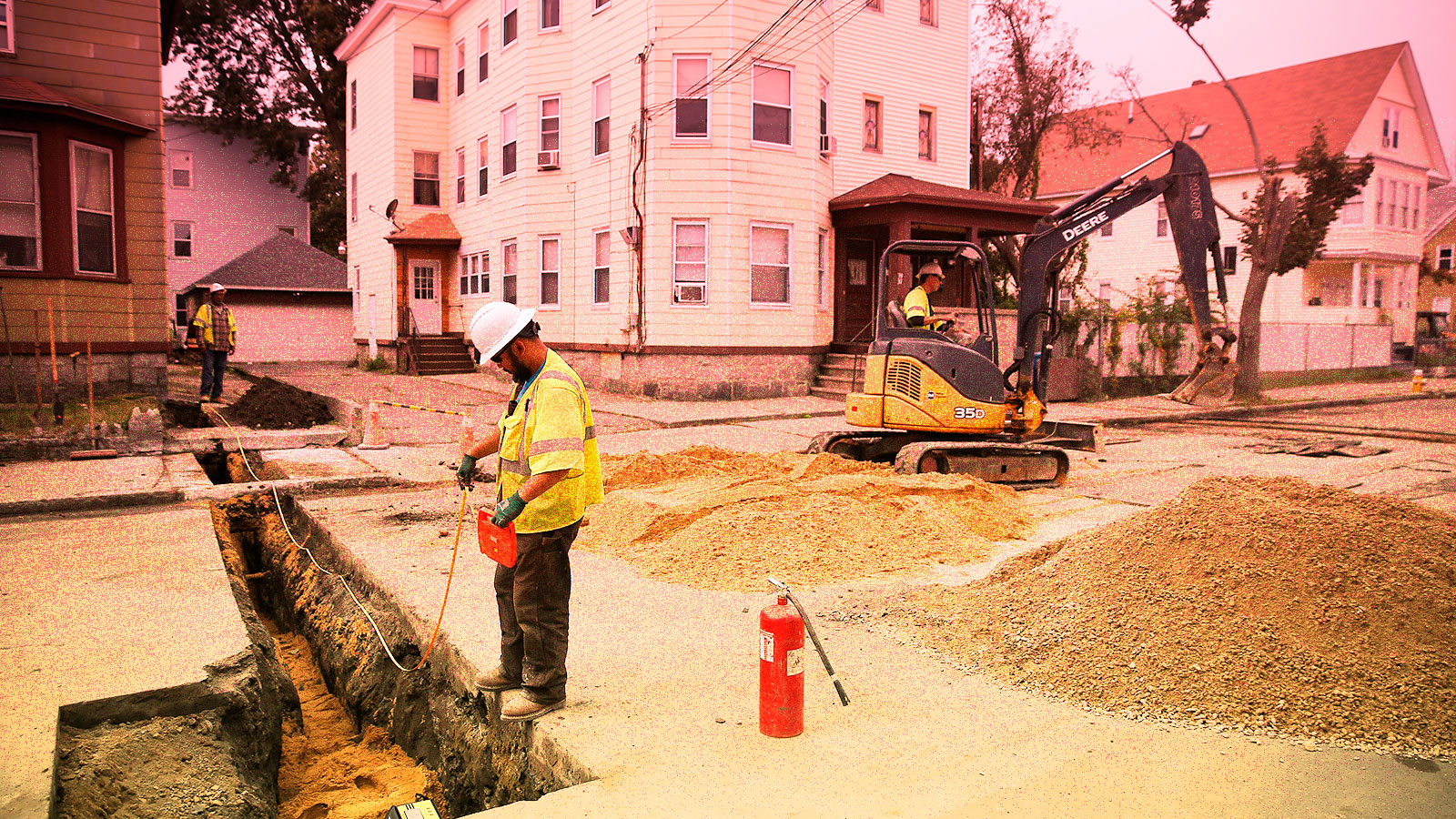
But at the same time that utilities are investing billions in new gas infrastructure and to replace leak-prone pipes — indications they think they’ll be delivering gas for decades to come — many are also spending quite a bit of money to help customers improve the energy efficiency of their home heating systems or switch them over to heat pumps. Con Edison’s recent three-year plan, the one that allocated $350 million to infrastructure investments, also included $700 million for demand-reduction measures for its customers in Westchester and parts of New York City.
Several utilities in New York and Massachusetts are also investing in neighborhood-scale geothermal pilot projects. Commonly called “ground-source heat pumps,” geothermal heating systems run on electricity and use the near-constant temperature beneath the earth’s surface as a heat source in the winter and a sink in the summer. They require running pipes underground, a task that gas utilities are well equipped to do. Geothermal heating systems can also be made more efficient by linking multiple buildings to the same pipe system. For example, National Grid (which operates in both New York and Massachusetts) installed a geothermal “loop” system in a Long Island retirement community connecting 10 residences. Schulman and Magavi from HEET argue that these systems could be connected at a much larger scale. They have studied the potential for gas utilities to transition into networked geothermal companies that oversee a “thermal grid.”
Utilities have a few other ideas for their futures that won’t require drastic changes to their business models. One is to develop renewable natural gas resources, like gas derived from landfills and wastewater treatment plants. They also propose blending hydrogen gas into the natural gas supply. Hydrogen does not produce any emissions when burned, and if blended into natural gas would lower the overall emissions from home heating systems. The other upside to hydrogen is that theoretically, it can be produced using renewable energy. Europe is investing heavily in this technology, and California is also taking a close look at it. But today, hydrogen isn’t yet economical, nor is it green — it’s produced using natural gas. Even if all these challenges were surmounted, and utilities wanted to eventually go to 100 percent hydrogen, once the mix is more than 5 to 20 percent hydrogen, people would need to buy new appliances and pipelines likely have to be replaced. There’s one other option, which is to add CO2 to the hydrogen to make “synthetic natural gas” which could be substituted directly into today’s infrastructure, but that technology has not been commercialized yet.

When reached by Grist, several utilities welcomed the Massachusetts attorney general’s call for an inquiry. A spokesperson for Eversource, the largest utility in Massachusetts, told Grist that it would present “more of an opportunity for us to help the state achieve its clean energy goals.” The spokesperson also noted that Eversource was “the first gas company in Massachusetts to put together a proposal that included renewable natural gas, geothermal projects, and demand-side management, all of which will help reduce carbon emissions.”
National Grid also flaunted its all-of-the-above approach. “The Northeast is likely to need a tapestry of solutions for heat, and our research and experience shows us that the gas network can play an integral role, using new technologies to carry zero-carbon fuels like renewable natural gas, including hydrogen, or enabling geothermal districts,” a company spokesperson said in a statement.
Though seemingly willing to be a part of a zero-carbon future, neither utility has released any data or analysis of how their kitchen sink approach might eventually come together to meet Massachusetts’ climate goals. Healey’s petition aims to force the issue into the open by calling for gas companies to “submit detailed economic analyses and business plans depicting future gas demand in a carbon-constrained economy.”
Hopkins of Synapse told Grist this kind of transparency is a crucial first step. “It’s going to fill an important gap because we don’t actually know what the future, in some sort of real quantitative sense, looks like to the gas utilities,” he said.
Is there time to deliberate?
Meanwhile, the clock is ticking — and some citizens and local politicians are getting impatient. In the absence of a state-led plan, individual municipalities have taken it upon themselves to kick-start the building electrification process. Several cities in California have passed laws to ban natural gas hookups in new buildings, and Brookline, Massachusetts, approved a similar bylaw last fall. (It’s pending approval by the attorney general’s office, which is expected to happen by the end of July.) There are also a few states that have sent clearer signals about their plans to cut the use of natural gas in buildings. Maine has a goal of installing 100,000 heat pumps by 2025. In January, New Jersey released an energy master plan that included a goal of cutting natural gas in buildings by 80 percent by 2050. The plan also said that regulators would “establish a stakeholder process by mid-2020 to collect data and inform decision-making necessary to create a roadmap” for “a fully electrified building sector,” but they have yet to do so.
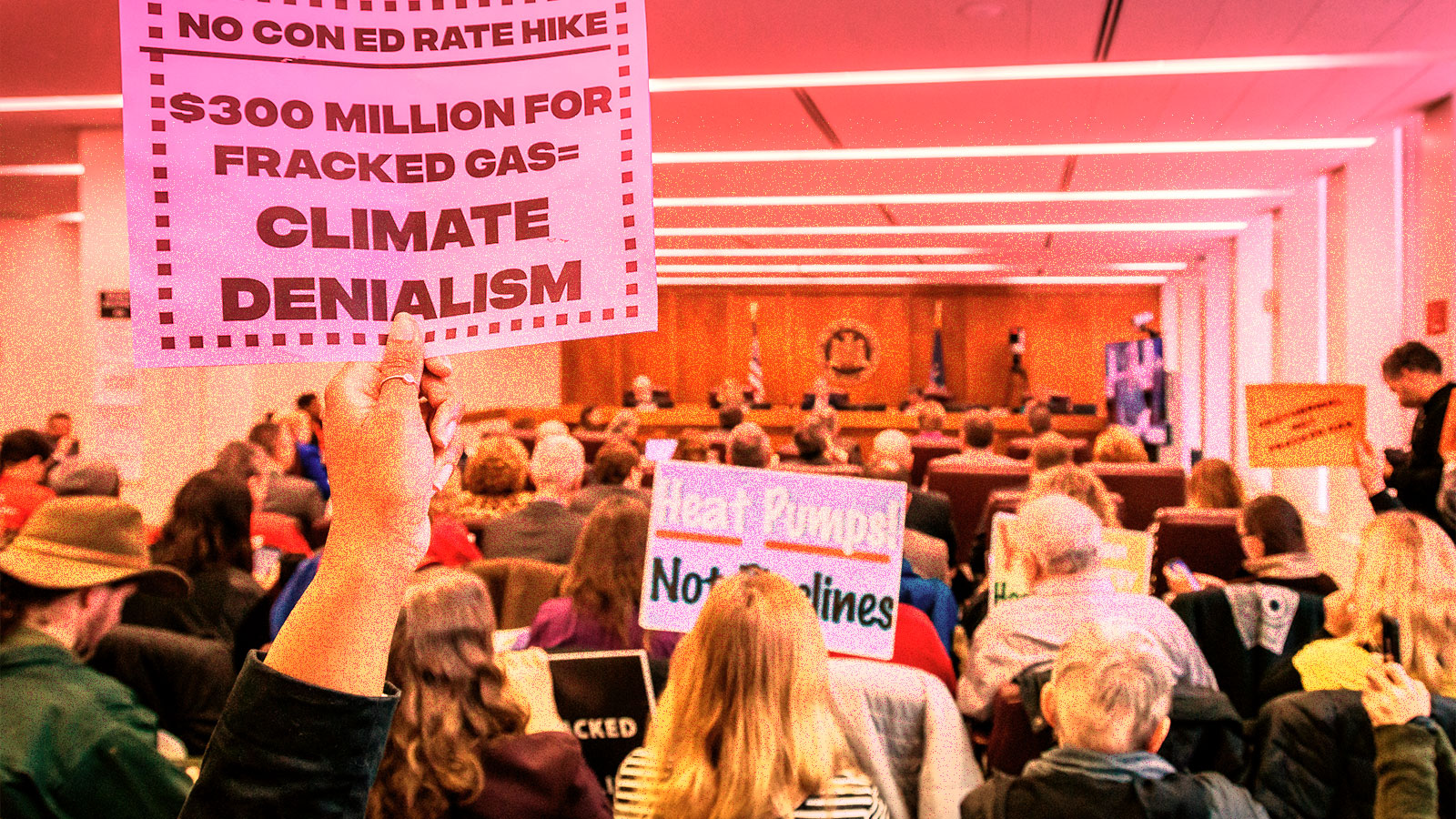
Hopkins is concerned that the timeline to answer the questions raised by Healey’s petition is a lot shorter than people think. If all the stakeholders — environmental groups, consumer advocacy groups, utilities, regulators, policymakers — take too much time hemming and hawing over the viability of hydrogen or renewable natural gas or electrification, there won’t be enough time for the next crucial step: developing the markets and the workforce to actually implement whatever plan they settle on.
Despite the incredibly stressful picture Sue Tierney painted of puzzle pieces falling all over the floor, her message ultimately did turn hopeful, and she supports the investigations that are beginning to catch on among state regulators.
“We’ve got to win this game,” Tierney said. “And it calls for much greater coordination and cooperation across the states, across the sectors, across policymakers and market participants.
“And if we get it done, won’t it be a pretty picture of New England?”

